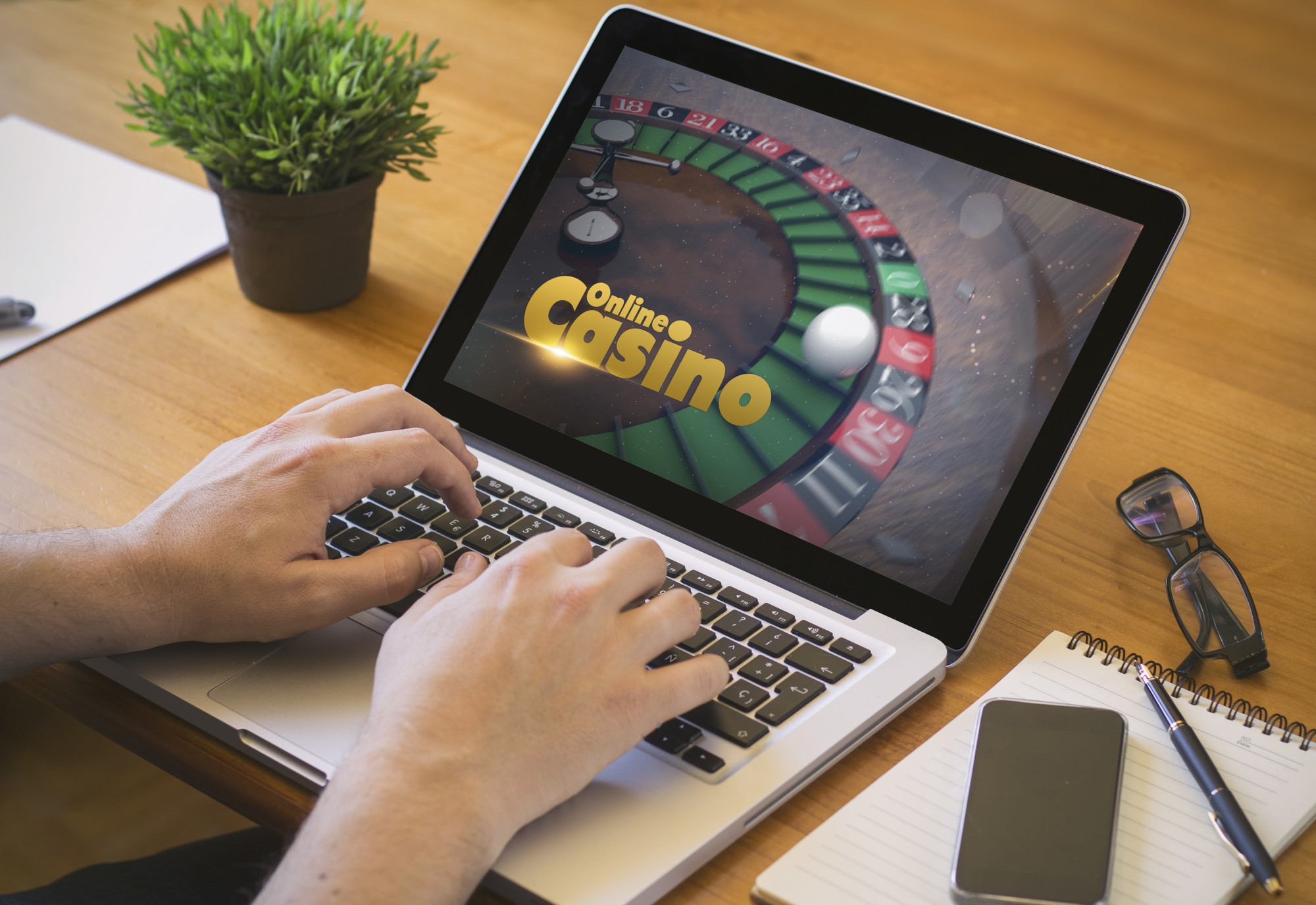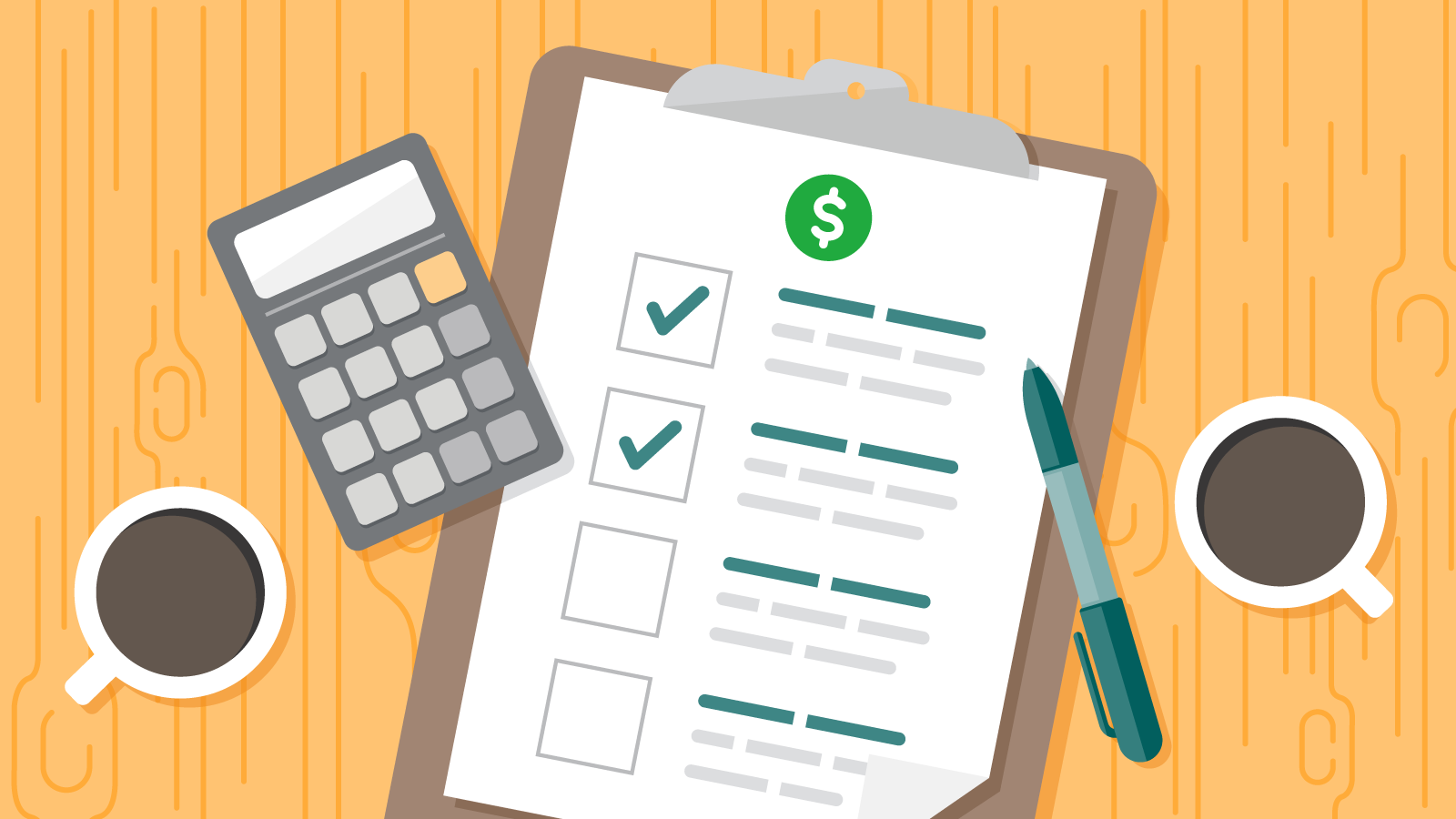Online shopping is undoubtedly a convenient alternative to dealing with massive parking lots, or standing in long lines of people. Not to mention, in many cases, online prices are considerably cheaper than in-store products. However, along with the added convenience can also come certain risks. To keep you safe from some of the most common online shopping pitfalls, here are the biggest mistakes to avoid.

Forgetting About Used Products
A lot of people assume that the only way to buy what they want is by searching for brand new options. Not the case. You can save a considerable amount of money by buying used. Just because something is technically used doesn’t mean that it’s been run into the ground.
Technically, the minute something is open it is considered used. So, conceivably, something could have simply been opened and hardly used it all. The end result can be potentially hundreds of dollars shaved off the price of something!
Not Looking at Multiple Websites
A lot of people are in such a hurry to buy whatever it is they’re after that they buy from the first website they find. The problem is that it may not be the best price out there. Take the time to shop around on several different websites so you can get the best possible deal. A simple Google search will usually give you a few different options. In addition to looking at multiple websites, you should also look for coupon codes. You might be surprised to find that a significant percentage can be saved with a simple Google search.
Not Reading the Fine Print
It’s critical that you read all of the fine print in the item description. Sometimes pictures can be deceiving, so make sure that you read all of the dimensions and product details carefully. You could find yourself with a miniature version of something if you’re not careful.
Not Checking Shipping Costs
Often, people add an item to their cart and only pay attention to the subtotal before clicking buy. However, it’s important that you also pay attention to the shipping charges. Some websites may have astronomical shipping depending on where they are located, so always make sure that you read the total price including shipping before entering your payment details. In addition to shipping, you may even have import fees, so don’t let any extra costs get by you!
Not Reading Return Policies
Not every website has the same generous return policy as places like Amazon. Since you’re not actually holding a physical product in your hands, it’s always risky buying online. That’s why you want to make sure that you can return anything you buy from a website. Read the return policy carefully so that you can ensure you’ll get your money back if the product doesn’t work out.








